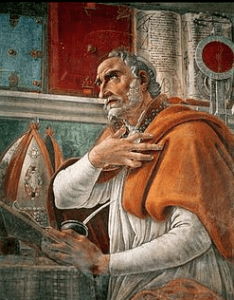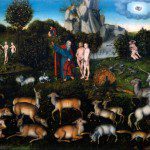From Dennis Venema, at BioLogos:
It is reasonably well known among evangelical Christians that all living humans trace their mitochondrial DNA back to a single woman (a so-called “mitochondrial Eve”) and that all living males similarly trace their Y-chromosome DNA back to a single male (a so-called “Y-chromosome Adam”). These individuals are commonly assumed by evangelicals to be the Biblical Adam and Eve, the first humans alive and the progenitors of the entire human race. While most young-earth and old-earth creationist organizations make this claim, perhaps one of the best-known organizations to do so is the old-earth creationist / anti-evolution organization Reasons to Believe, who have produced numerous articles, podcasts, and even entire books on the subject.
In contrast to this common evangelical understanding, the scientific picture is rather different. Mitochondrial Eve, though the most recent common matrilineal ancestor of all humans, was but one of a large population living about 180,000 years ago. So too for Y-chromosome Adam: he was also a member of a large population, and he lived about 50,000 years ago. As has been discussed several times here at BioLogos, there are multiple lines of evidence that indicate the human population has never been below around 10,000 members at any time in its history: we branched off as a large population to form our own species.
When presented with the evidence for human population sizes over our evolutionary history, a common point of confusion for evangelicals is how this evidence fits with Mitochondrial Eve. How can we all come from one woman (and one man) but also come from a large population of 10,000 individuals? Aren’t these two observations in conflict?
The answer is no, these lines of evidence fit together. Humans do come from a large population, and all present-day humans do inherit mitochondrial and Y-chromosome DNA from specific individuals in the past. The reason for the apparent discrepancy lies in how mitochondrial and Y-chromosome DNA are inherited, as we shall see below.















